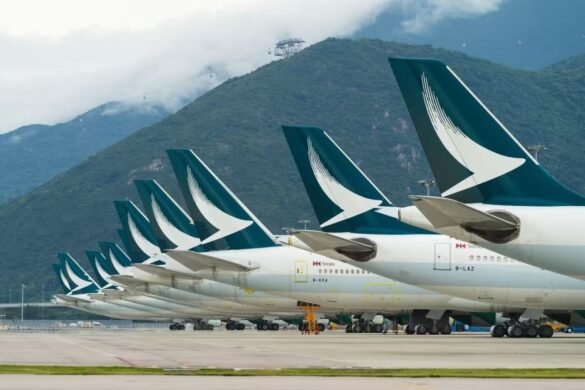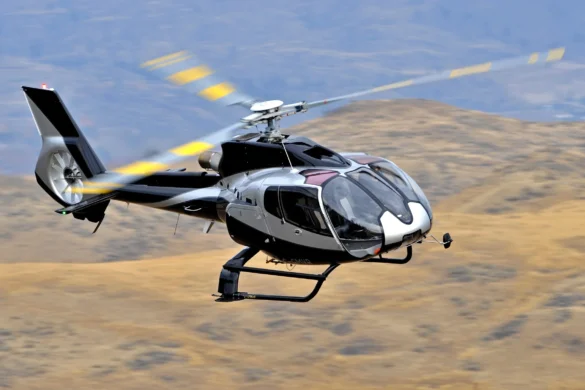In a groundbreaking development for the aviation industry, an American company has successfully flown an aircraft powered entirely by hydrogen, covering an impressive distance of 842 kilometers. This remarkable experiment signifies a major step forward in sustainable aviation, highlighting the potential of hydrogen as a viable and eco-friendly alternative to traditional fossil fuels.
The aircraft, specially designed to utilize hydrogen fuel cells, took off amidst much anticipation and excitement. Hydrogen, being the most abundant element in the universe, offers a clean energy solution, producing only water vapor as a byproduct when used as a fuel. This characteristic makes it an attractive option for reducing the carbon footprint of air travel, which has been a significant contributor to global greenhouse gas emissions.
Throughout the 842-kilometer flight, the hydrogen-powered aircraft demonstrated not only the feasibility of this alternative fuel source but also its potential to perform on par with conventional aircraft. The journey was meticulously monitored by a team of engineers and scientists who tracked various performance metrics, including fuel efficiency, emissions, and overall flight stability.
One of the critical challenges in developing hydrogen-powered aircraft has been the storage and handling of hydrogen, which requires advanced technology to ensure safety and efficiency. The success of this flight indicates that these challenges are being effectively addressed, paving the way for more widespread adoption of hydrogen in aviation.
The implications of this successful experiment are profound. As the aviation industry seeks to meet stringent environmental regulations and reduce its impact on climate change, hydrogen-powered aircraft could become a cornerstone of sustainable air travel. This development aligns with global efforts to transition to greener energy sources and showcases the innovative spirit of American companies in leading the charge towards a more sustainable future.
Moreover, the success of this flight could inspire further research and investment in hydrogen technology, not only for aviation but also for other sectors seeking clean energy solutions. The potential benefits extend beyond environmental impact, promising economic advantages through the creation of new industries and job opportunities in the green technology sector.
As the aviation industry continues to evolve, the successful flight of a hydrogen-powered aircraft over 842 kilometers stands as a testament to human ingenuity and the relentless pursuit of innovation. This remarkable achievement marks a significant milestone in the journey towards a more sustainable and environmentally friendly future for air travel.



